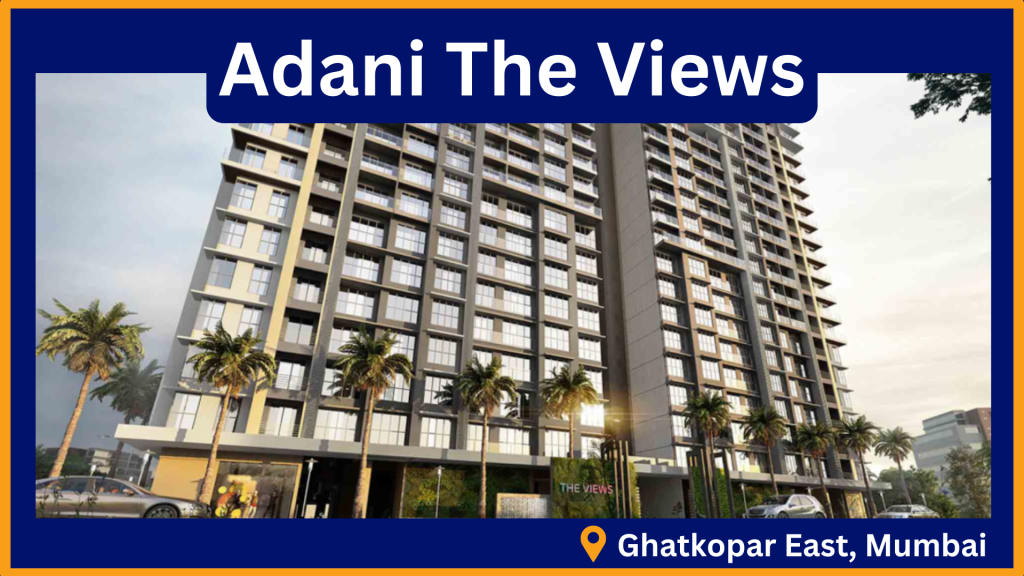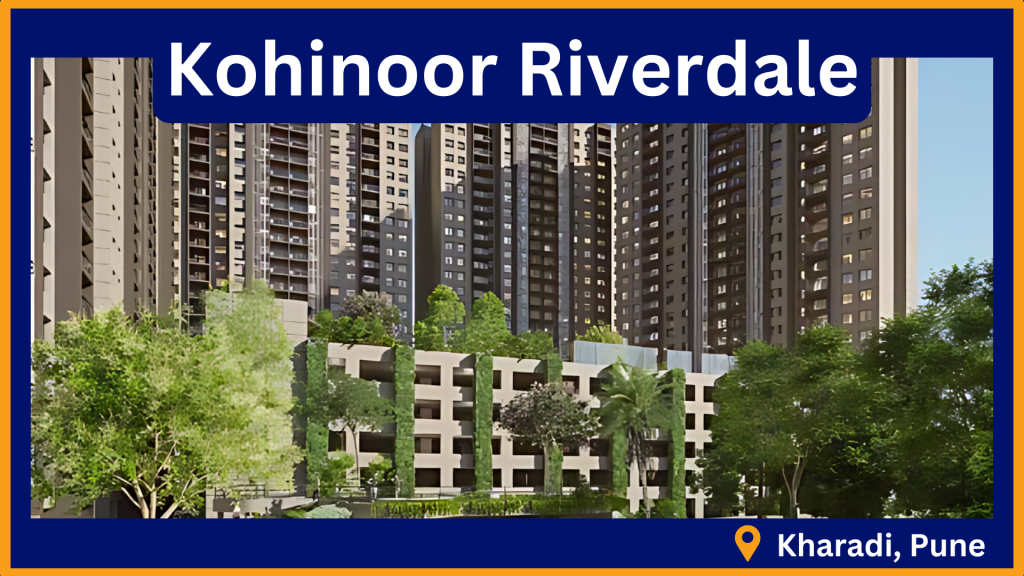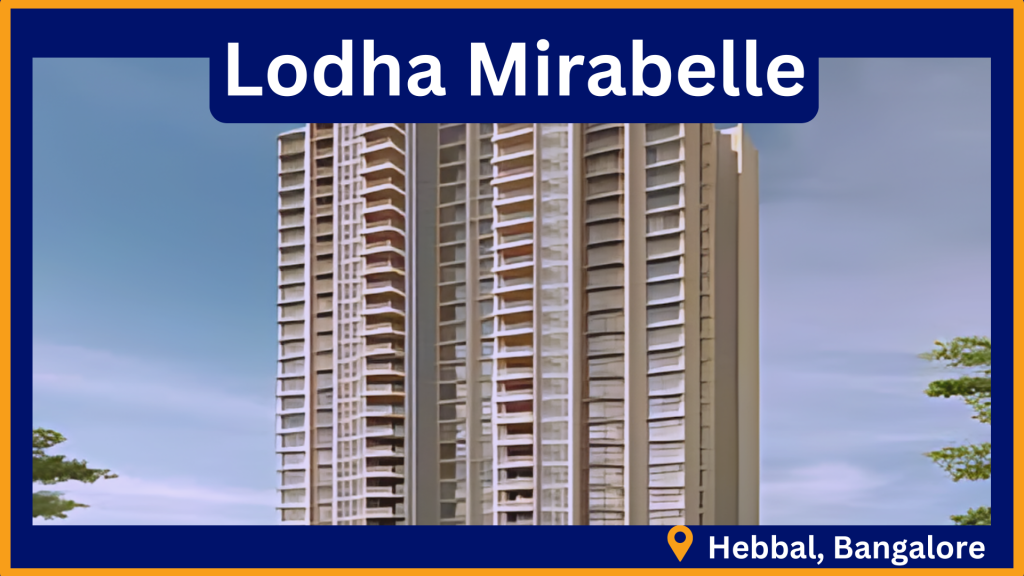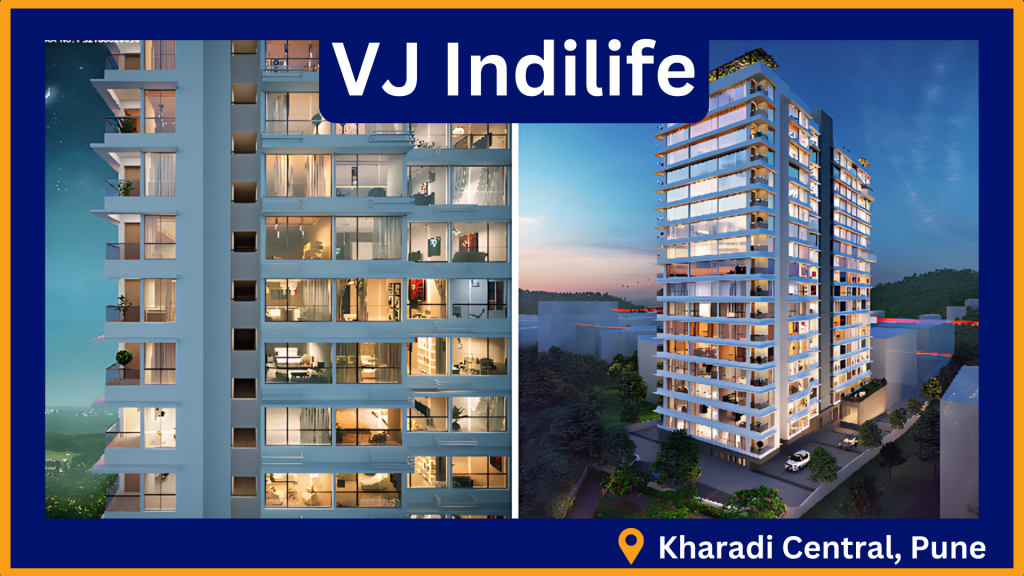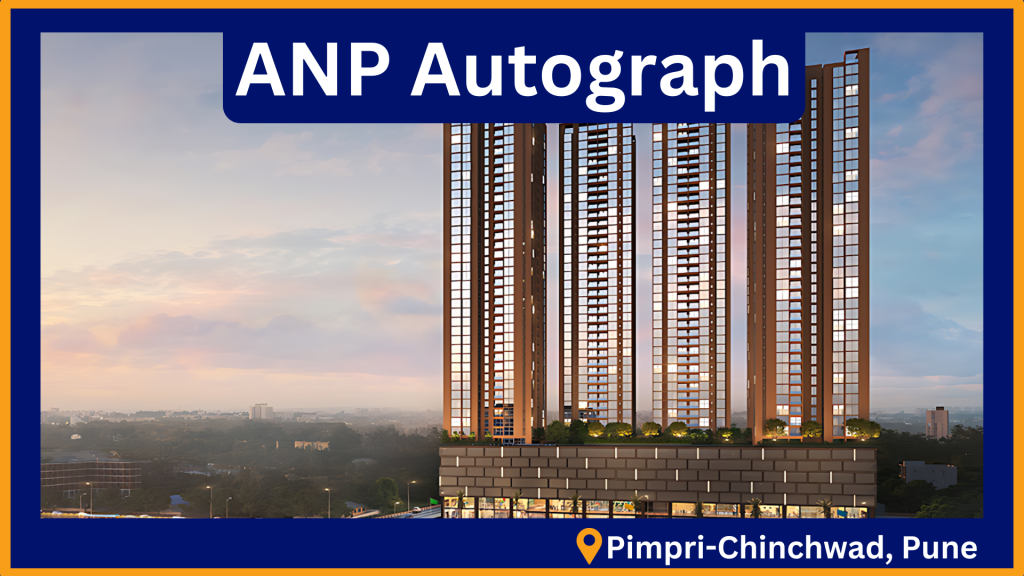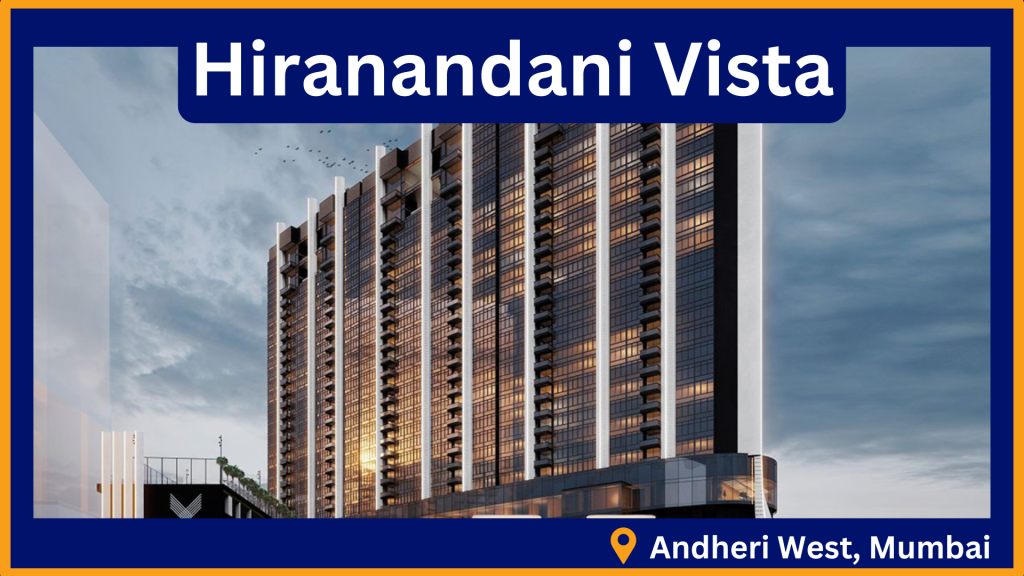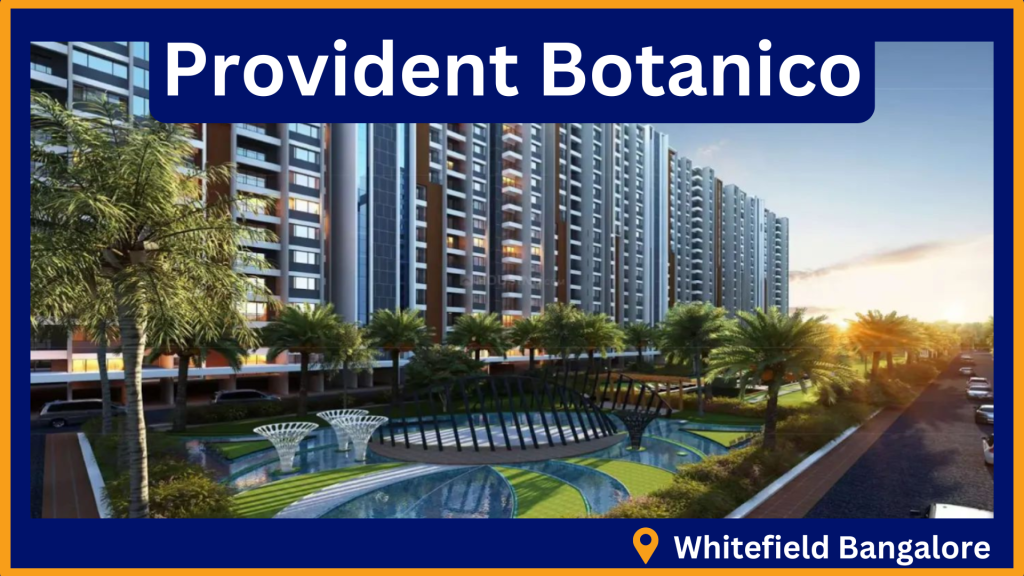What is Row House?
Let us first define a row house in India. In India, a row house is a kind of residential dwelling that is made up of several attached townhouses or houses that are usually all the same size and design. These dwellings typically form a row, with adjacent units sharing side walls. In India, row houses are a typical type of urban housing, particularly in places with high population densities. A zero rental heavy deposit flat agreement can also be used to grant a row on rent.
What is row house’s key characteristics in India?
Row houses are typically narrow and long, with each unit having its separate entrance. Row houses are a common sight in urban and suburban areas across India and are often used for residential purposes. All type of cities like tier 1 2 3 cities in India has a row house. Most of the row houses are you can see in the residential zone in Maharashtra.
Architectural Style of Row Houses
Row houses in India display a rich diversity in architectural styles influenced by regional nuances and historical periods. These homes, often nestled in areas following Vastu Shastra for home, showcase a blend of traditional, colonial, and contemporary designs. Some feature elements of local vernacular architecture, including sloping roofs, courtyard layouts, and the use of traditional materials, reflecting the unique heritage and culture of different regions in India.
If you don’t have enough money to purchase a row house in India and you need financial assistance, you can consider applying for a mortgage. Our mortgage expert is here to assist you in purchasing your row house. Whether you’re a first-time homebuyer or looking to invest, our experienced team will guide you through the mortgage process.
Common Walls in Row House
In Delhi, where considerations for house construction costs are crucial, Row houses share one or more common walls with neighboring units. These walls are usually constructed using brick or concrete and help to divide the row houses into individual units. Common walls in a row house are a defining feature of this type of residential housing. Common walls can have implications for fire safety. Building codes often require that common walls have fire-resistant properties to prevent the spread of fire from one unit to another. Fire-rated materials and construction techniques are used to achieve this.
TheSpruce
Narrow and Long shape
Row houses, especially the narrow and long ones, are a common sight in densely populated urban areas, often associated with the principles of efficient space utilization in real estate. The unique architectural design of narrow and long row houses allows for multiple units to be accommodated in limited spaces, a key consideration in bustling cities. This elongated design, akin to a fish for Vastu Shastra, ensures that rooms are arranged sequentially along the length of the house, optimizing the available space and aligning with principles of harmony and balance.
Individual Entrances
An individual entrance row house is a unique residential concept, offering unparalleled privacy and independence. In these residences, each unit enjoys its own separate entrance, ensuring residents in the richest places in Lucknow to live, experience the epitome of privacy and autonomy. Unlike row houses with shared entrances, these homes provide an exclusive connection to the street or a common outdoor area, ensuring a truly private living experience for each occupant.
Limited Outdoor Space
Row houses often have limited outdoor space, such as a small front yard or backyard. Some row house developments may have shared amenities like a common courtyard or garden. While limited outdoor space in row houses can be a challenge, with creativity and thoughtful planning, you can still enjoy the benefits of outdoor living. Consider implementing the best out of waste home decor ideas to transform these compact spaces into charming, eco-friendly retreats.
Advantages of Investing in a Row House
While row houses offer advantages given below, it’s essential to carefully consider your specific needs and circumstances. Factors such as location, the condition of the property, local market conditions, and your long-term goals should all be taken into account before making an investment decision. Every type of house has its advantages, There are several advantages when investing in a row house.
Affordability
Buying a new row house is frequently an attractive option for real estate investment in India due to its low cost. Row houses are an excellent option for buyers with limited funds because they are frequently less expensive than standalone homes or apartments in the same neighborhood. Comparing row houses to standalone residences, row houses often have smaller square footage. The purchasing price may be considerably impacted by this size reduction, making them more reasonably priced. A turnkey contract is preferred by many home buyers when building a row house. There might be shared infrastructure expenses for things like communal parking lots, security, or landscaping in some row house developments. Individual homeowners’ financial burdens can be lessened by splitting these expenses with their neighbors.
If you are interested in purchasing a row house, contact our property expert. Our professionals can provide you with valuable guidance, and information about available row houses, and assist you throughout the buying process.
Ownership
When you buy a row house in India, you obtain individual ownership of the unit you buy. This means you have legal ownership of your row house’s internal area, including the rooms, walls, and fittings. You can make improvements to the interior of your row house as long as they comply with local construction requirements and any rules imposed by the housing society or homeowners’ organization. If you choose to sell your row house, you can transfer ownership to another buyer, who will then become the unit’s new individual owner. The row house’s seller must provide an NOC declaring that there are no current legal problems or encumbrances on the property.
Community Living
Community living is a significant aspect of investing in a row house, as row houses are often part of a larger residential complex or housing society where residents share common amenities, spaces, and responsibilities. Many row house complexes organize community events and activities, such as festivals, sports tournaments, or cultural celebrations. Participating in these events can be a great way to bond with your neighbors. Depending on the housing society’s rules, residents may share responsibilities for the maintenance and upkeep of common areas, including landscaping, security, and utilities.
Location
Analyze the demand for row houses in the chosen location, especially if you plan to live in tier 2 cities in India. Consider factors such as population growth, job opportunities, and migration trends, which are pivotal for understanding the housing market dynamics in emerging urban centers. A location with a growing population and a strong job market is more likely to have a steady demand for housing, making it a promising choice for prospective homeowners. Additionally, assess the quality of local schools, as this factor significantly influences the attractiveness of a neighborhood for families. Furthermore, research any planned developments or construction projects in the area. New commercial centers, parks, or residential complexes can not only enhance the overall living experience but also positively impact property values, making your investment in a row house even more promising.
Enjoy Affordable and Lower Maintenance Cost & Great Living with Row House
Row house complexes may have lower maintenance costs compared to standalone homes, as the exterior and common areas may be maintained by a housing society or homeowners’ association. Row houses in India offer affordable, community-centric living with individual ownership. They are often located conveniently in established neighborhoods, but space and privacy can be limited. Prospective buyers should carefully assess their needs and consider factors like maintenance and housing society rules before investing in a row house. After buying row house you can furnish your new house to your liking, create a visually appealing and comfortable living space. This flexibility allows you to personalize your home with your preferred interior design and decor choices, making it a welcoming and stylish environment that reflects your taste and lifestyle.

With a diverse background in digital marketing, I have honed my skills in search engine optimization (SEO), social media marketing, content creation, email marketing, and data analytics. This versatile skill set allows me to approach marketing challenges from multiple angles, ensuring a comprehensive and effective approach.

